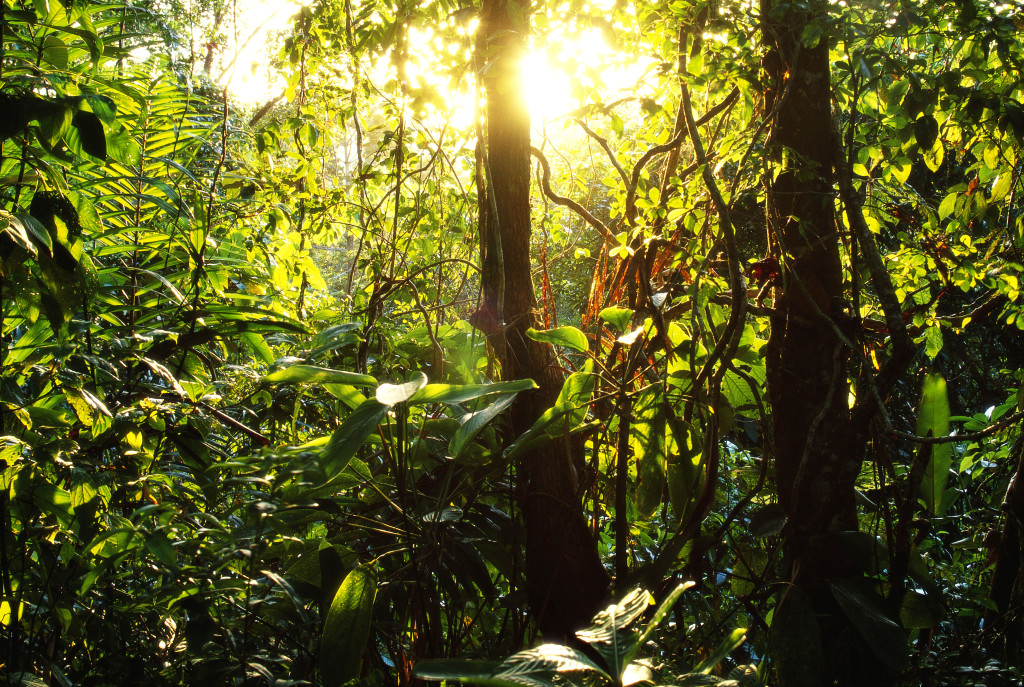
A shocking report has revealed that Cambodia, Vietnam, Laos, Burma, and Thailand have lost nearly 40m hectares of forest since 1980, and leading conservation group WWF has warned that, without prompt action, a further third of the remaining rainforest cover could be lost within the next two decades.
At present, the area is under threat due to increasing demand for farmland. Rubber and rice cultivation is big business, and a valuable source of income for many in the Mekong. Even where forest is protected, lack of enforcement has resulted in widespread illegal logging activity. Shrimp farming and rapid urbanisation have served to further reduce forested land.
“The greater Mekong is at a crossroads…One path leads to further declines in biodiversity and livelihoods, but if natural resources are managed responsibly, this region can pursue a course that will secure a healthy and prosperous future for its people.”
As a result, ‘core’ areas of connected forest are now dramatically fragmented, declining from 70% to 20% between 1973 and 2009. By 2030, WWF predicts that only 14% of the remaining forest will be contiguous habitat, suitable for habitation of species such as the tiger, Asian elephant, Irrawaddy dolphin and endemic saola- sometimes known as the Asian unicorn. These animals are now dependant on well managed, scrupulously protected areas, something that the WWF states is severely lacking.
The group pointed out that, “Many protected areas exist in name only…Even relatively secure protected areas are under intense pressure from poaching and timber theft, while others have been reduced in size by government’s eager to cash in on land concessions to mining companies or plantation owners.”
Local leaders need to act swiftly and decisively
Although areas such as Vietnam have carried out some reforesting activity, this tends to be monoculture, and fails to encourage the vital biodiversity needed for species to thrive. However there is hope for the future of the Mekong’s ecology. Local leaders need to act swiftly and decisively and recognise that, “Healthy economic growth goes hand in hand with healthy and productive ecosystems, but fast and effective responses are needed now avoid permanent environmental degradation.”
The cross border nature of many of the region’s ecosytems means that international co-operation is essential, and for any meaningful change to take place, regional collaboration will be of the utmost importance. According to the report, “Increased and more sustainable investment in maintaining ecosystem integrity must also be a priority at landscape, national, and regional scales.”
